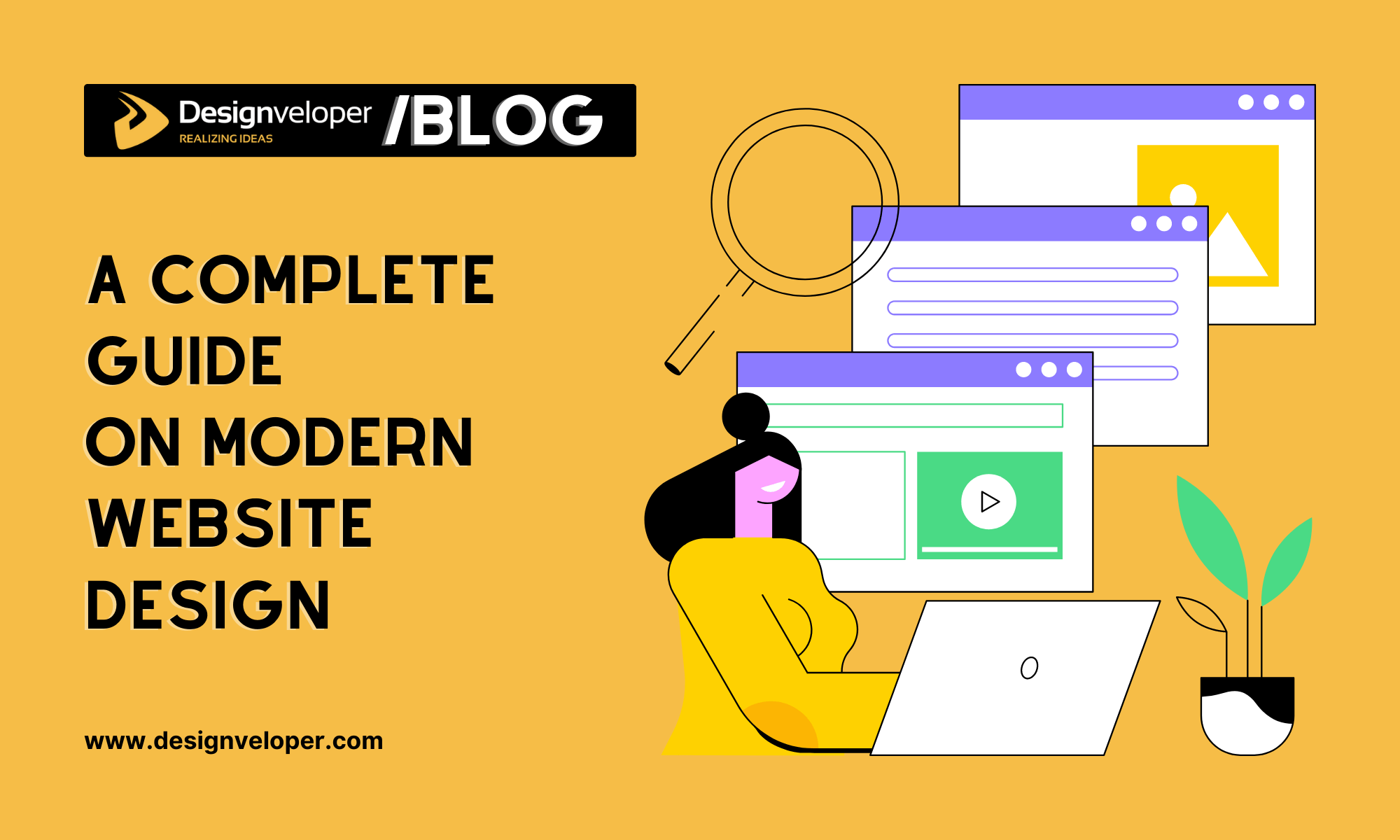Leading Tips for Creating an Impactful Web Site Layout That Converts
In today's electronic landscape, the importance of an impactful website style can not be overstated, specifically when it pertains to converting site visitors into clients. To achieve this, one need to think about a range of variables, consisting of understanding the target market, prioritizing individual experience, and enhancing for mobile systems. In addition, the strategic use engaging call-to-actions and a well-defined visual hierarchy plays a crucial role in assisting users via their trip. As we discover these important aspects, it ends up being apparent that the success of your website pivots on greater than just aesthetic appeal; it requires a thoughtful strategy to style and functionality.

Understand Your Target Market
Recognizing your target audience is basic to effective internet site layout, as it prepares for creating an engaging customer experience. Recognizing who your customers are, including their demographics, preferences, and actions, makes it possible for designers to tailor the web site's content, design, and capability to satisfy specific demands.
Performing extensive marketing research is crucial in this procedure. Studies, meetings, and analytics can give useful insights into user assumptions and discomfort points. By assembling this information, designers can create user characters that represent different sections of the audience, making sure that design decisions are informed and relevant.
In addition, comprehending the target audience aids in selecting ideal style elements such as color pattern, typography, and imagery that resonate with users. An internet site that speaks straight to its audience promotes a sense of link and trust fund, motivating longer sees and higher conversion rates.
Ultimately, a user-centered strategy to internet site design not only enhances user complete satisfaction yet likewise sustains organization purposes by driving involvement and commitment. By focusing on the requirements and choices of the target audience, a website can successfully offer its purpose and achieve wanted results.
Prioritize Individual Experience
To improve the overall effectiveness of a web site, prioritizing user experience (UX) is vital (Website Design). A properly designed UX guarantees that visitors can navigate the website effortlessly, find details promptly, and involve with content meaningfully. This results in raised user contentment and higher conversion prices
Begin by executing user-friendly navigating. Menus ought to be logically structured, allowing users to situate crucial areas of the website with minimal initiative. Uniformity in style aspects, such as color pattern and typefaces, fosters knowledge, which is vital for preserving individual interaction.
In addition, consider the packing speed of your web site. A hold-up of just a few secs can cause considerable drop-offs, as users are less likely to wait on a slow-loading web page. Simplifying images and optimizing code can enhance performance and keep visitors.
In addition, quality in content discussion is vital. Usage concise, interesting language and separate text with visuals to boost readability. By prioritizing individual experience, you not just produce a much more satisfying environment for visitors however also enhance your brand name's reliability. Ultimately, a concentrate on UX is an investment in the lasting success of your website.
Optimize for Mobile Tools
Optimizing for mobile devices is critical in today's digital landscape, where an enhancing number of customers gain access to web sites via mobile phones and tablet computers. A mobile-friendly style not just enhances customer experience yet additionally plays a substantial duty in improving search engine positions. To attain this, it is vital to adopt a receptive style that instantly gets used to various screen sizes and alignments.

Loading rate is an additional essential click here for info element; mobile customers are generally less patient and anticipate quick accessibility to details. By prioritizing mobile optimization, you ensure that your site stays affordable and efficiently engages a more comprehensive target market.
Usage Engaging Call-to-Actions
A site's efficiency commonly rests on its capability to lead site visitors toward desired actions, making engaging call-to-actions (CTAs) vital components of style. CTAs function as the crucial points that direct individuals to involve with the website, whether that indicates making a purchase, enrolling in an e-newsletter, or downloading and install a resource.
To develop efficient CTAs, quality is extremely important. Use succinct language that plainly connects the action you want the individual to take. Expressions such as "Start," "Sign Up Free," or "Shop Now" not just communicate seriousness however also get rid of obscurity. The placement of CTAs is equally important; they must be strategically positioned throughout the website to guarantee they are easily noticeable, especially in high-traffic areas.
Additionally, the layout of CTAs must stand apart without being noticeable. Use contrasting shades and clear typefaces to ensure they record focus. Additionally, take into consideration making use of directional cues, such as arrowheads or pictures, to lead users towards these switches. By concentrating on these aspects, businesses can dramatically improve customer interaction, driving conversions and eventually achieving their website's objectives.
Emphasis on Visual Pecking Order
Efficient website style counts heavily on a well-structured aesthetic hierarchy that guides users through material perfectly. By arranging aspects in a fashion that focuses on information, developers can boost individual experience and facilitate decision-making. This entails utilizing dimension, shade, comparison, and spacing strategically to accentuate one of the most important components of a website.
Making use of bigger typefaces for headings and subheadings establishes a clear difference between various sections, allowing individuals to scan content effortlessly. Furthermore, employing different shades for buttons and calls-to-action can catch individual interest and urge interaction. Whitespace is one more necessary part; it stops clutter and enables check customers to concentrate on vital messages without interruptions.
Images and graphics must enhance the text while also adhering to the recognized pecking order, reinforcing the overall message (Website Design). Uniformity in style elements, such as color design and typography, additional enhances the visual power structure, making navigation intuitive

Conclusion
In final thought, reliable website design necessitates a detailed understanding of the target audience, prioritization of customer experience, and mobile optimization. Ultimately, a well-executed website design serves as a crucial component in driving customer activities and accomplishing organization purposes.